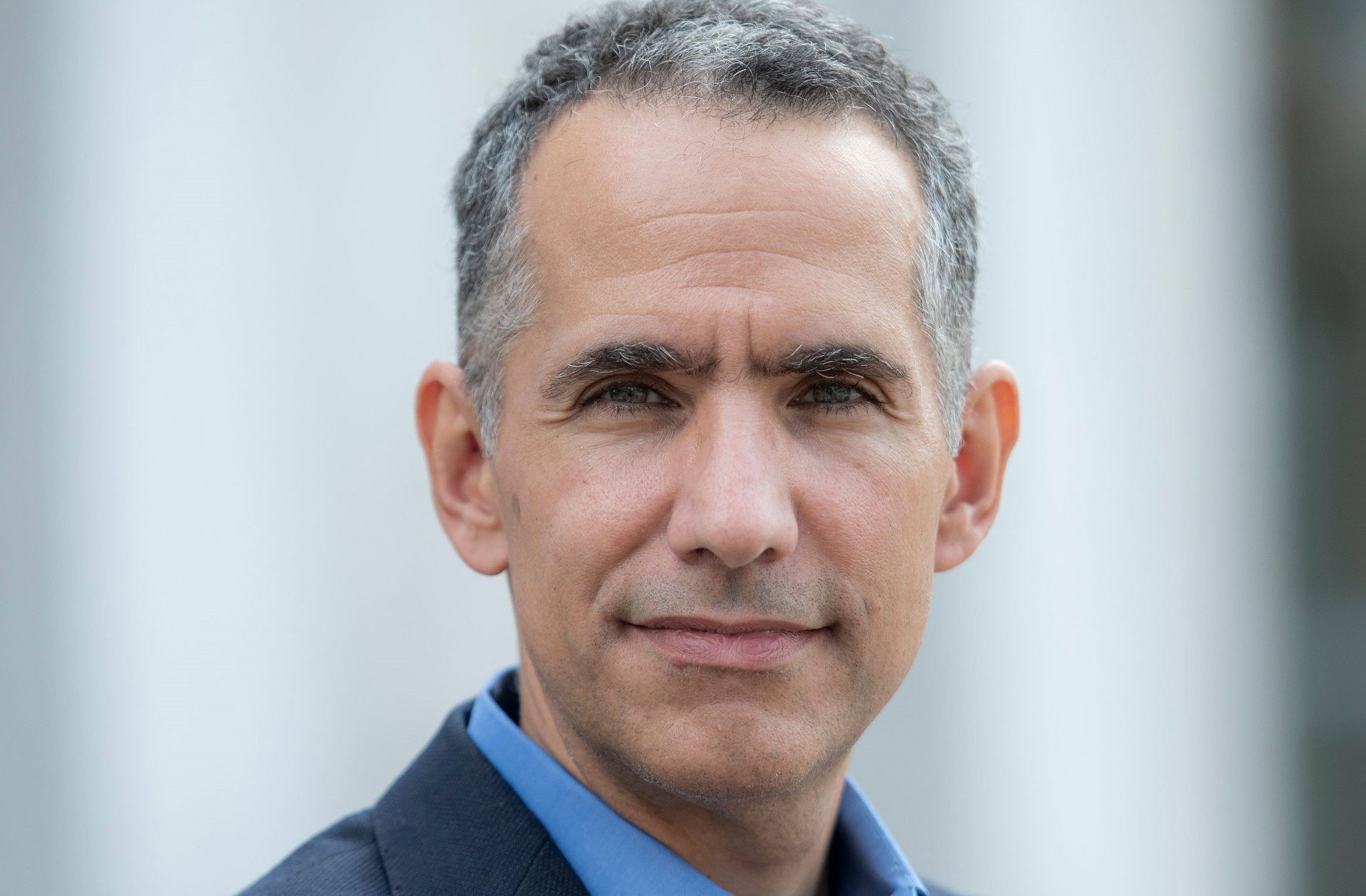Climate Change Economics over Time and Space

SPEAKER:
Esteban Rossi-Hansberg (University of Chicago)
ABSTRACT:
With average temperature ranging from -20°C at the North Pole to 30°C at the Equator and with global warming expected to reach 1.4°C to 4.5°C by the year 2100, it is clear that climate change will have vastly different effects across the globe. Given the abundance of land in northern latitudes, if population and economic activity could freely move across space, the economic cost of global warming would be greatly reduced. But spatial frictions are real: migrants face barriers, trade, and transportation are costly, physical infrastructure is not footloose, and knowledge embedded in clusters of economic activity diffuses only imperfectly. Thus, the economic cost of climate change is intimately connected to these spatial frictions. Building on earlier integrated assessment models that largely ignored space, in the past decade there has been significant progress in developing dynamic spatial integrated assessment models (S-IAMs) aimed at providing a more realistic evaluation of the economic cost of climate change, both locally and globally. This talk will discuss this progress and provide a guide for future work in this area.